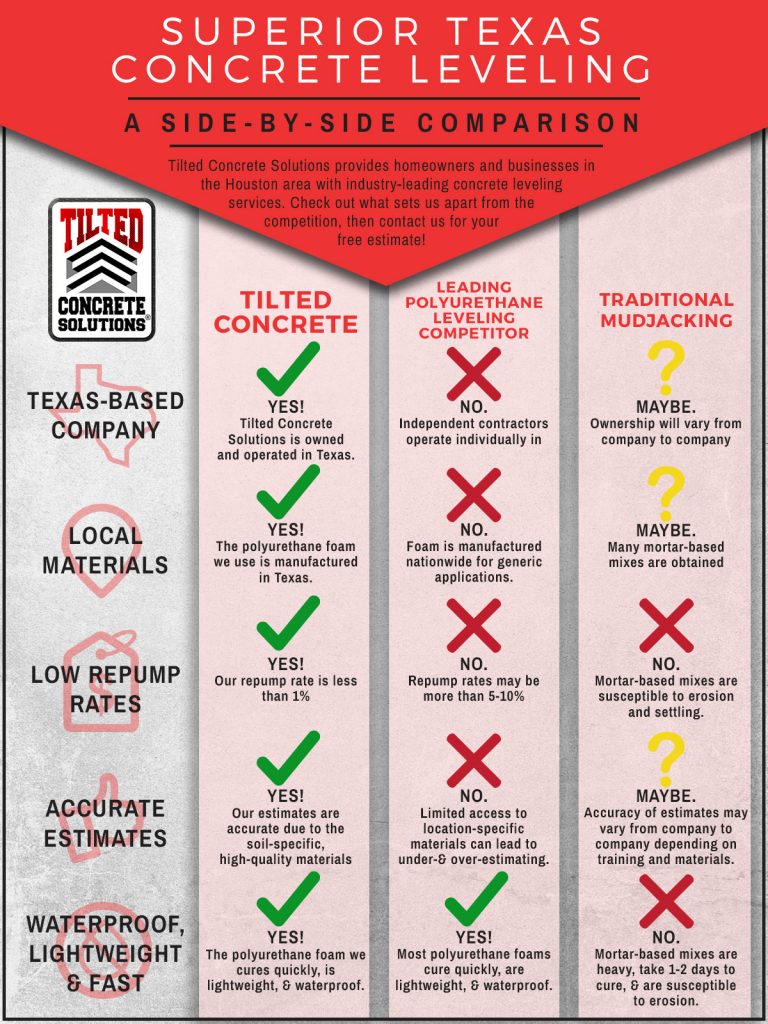Essential Seasonal Aspects Of Commercial Outside Painting: What You Need To Comprehend
Essential Seasonal Aspects Of Commercial Outside Painting: What You Need To Comprehend
Blog Article
Posted By-Korsholm Decker
When you're planning a commercial outside paint task, seasonal factors can make or break your outcomes. You'll want to take into consideration how temperature and moisture impact paint application and drying out times. Choosing the appropriate period can ensure your paint sticks correctly and lasts much longer. However which periods are absolutely the most effective for this sort of job? Allow's discover the crucial elements that can impact your task's success.
The Effect of Temperature on Paint Application
When you're intending an industrial external painting task, the temperature level can considerably affect how well the paint sticks and dries out.
Ideally, you want to paint when temperature levels range between 50 ° F and 85 ° F. If it's also cold, the paint may not heal properly, causing issues like peeling off or splitting.
On the other side, if it's too warm, the paint can dry out also rapidly, preventing appropriate bond and causing an unequal surface.
You must also think about the moment of day; early morning or late afternoon uses cooler temperatures, which can be a lot more beneficial.
Constantly check painters in minneapolis mn for the certain paint you're utilizing, as they usually provide support on the optimal temperature array for ideal outcomes.
Moisture and Its Result on Drying Times
Temperature isn't the only ecological element that influences your industrial exterior painting task; humidity plays a substantial function too. High humidity degrees can reduce drying out times dramatically, affecting the total quality of your paint work.
When the air is saturated with moisture, the paint takes longer to treat, which can lead to problems like inadequate attachment and a greater threat of mold growth. If you're repainting on a specifically moist day, be gotten ready for extensive wait times between coats.
It's important to check regional weather and strategy accordingly. Preferably, go for humidity degrees in between 40% and 70% for optimal drying.
Keeping these factors in mind ensures your project remains on track and delivers a lasting finish.
Best Seasons for Commercial Exterior Painting Projects
What's the most effective season for your business outside paint projects?
Spring and very early loss are commonly your best bets. Throughout these seasons, temperatures are moderate, and humidity levels are usually reduced, creating ideal problems for paint application and drying.
Stay clear of summertime's intense heat, which can cause paint to dry also promptly, resulting in inadequate bond and surface. Similarly, winter months's cold temperature levels can hinder correct drying and treating, running the risk of the longevity of your paint work.
Go for days with temperature levels in between 50 ° F and 85 ° F for ideal results. Keep in mind to examine the neighborhood weather forecast for rainfall, as damp problems can spoil your project.
Preparation around these aspects ensures your painting task runs smoothly and lasts longer.
Conclusion
In conclusion, planning your commercial outside painting projects around seasonal considerations can make a substantial difference in the result. By organizing work during the excellent temperatures and humidity levels, you'll guarantee much better bond and drying times. painting free estimate in mind to keep an eye on neighborhood weather prediction and choose the correct time of year-- spring and early autumn are your best bets. Taking these actions will certainly aid you achieve a durable and professional coating that lasts.
